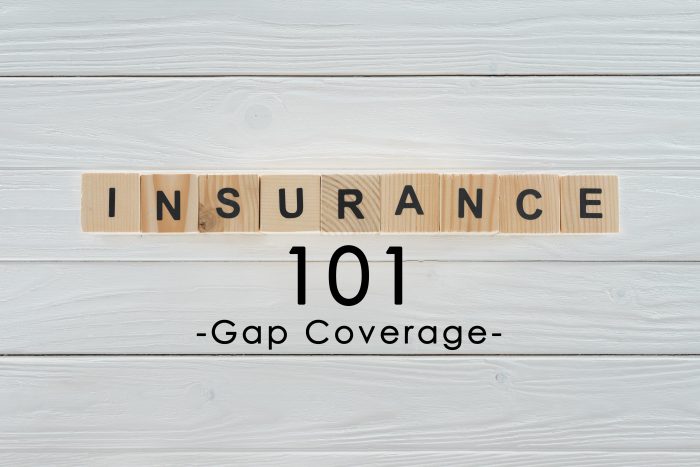Insurance Term of the Day: Gap Coverage
Insurance Term of the Day: Gap Coverage

For those of you who are slowly paying off the loan for your car, do you have gap coverage? Do you know that if you are in an accident, having gap coverage has the potential to save you thousands of dollars? Be mindful of the coverages you are accepting for your policy.
Gap coverage will cover the difference in cost between the depreciated value of your car and how much you owe on a loan at the time of an accident. If you must take out a loan to purchase your car, the loan will be for the amount the car is worth from the dealership. The problem is that immediately after buying your car, the value begins to depreciate. After just one year, your car will be worth much less than when you bought it. This means that the loan you have taken out will exceed the value of your car if something happens to it later down the road.
If you are in a bad accident and your car is totaled, your common collision insurance will cover the depreciated value of your car. This will result in continued payments on a totaled vehicle. Without gap coverage, you’d be paying for a vehicle you can no longer drive. In this case, you would still have to purchase another vehicle as well, resulting in two car payments. If you have “gap coverage”, however, insurance will typically help cover the difference.
You may need gap coverage if you:
- Put a lot of miles on your car, depreciating the value quicker
- Have a loan for your car
- Lease the car
- Put 0 dollars down, or put a down payment of less than 20% of the value of your car
It’s important to ask your insurance company about this coverage when you buy your car because you must purchase within 30 days for a new car. For a used car, ask your bank lender if they will offer you gap coverage.
When dealing with insurance, gap is the opposite of an empty space; instead, it can fill the empty space your wallet would have if you didn’t purchase this coverage.
![[COMPANY]](https://2.websitesbyica.com/wp-content/uploads/2018/10/agent-logo.png)









